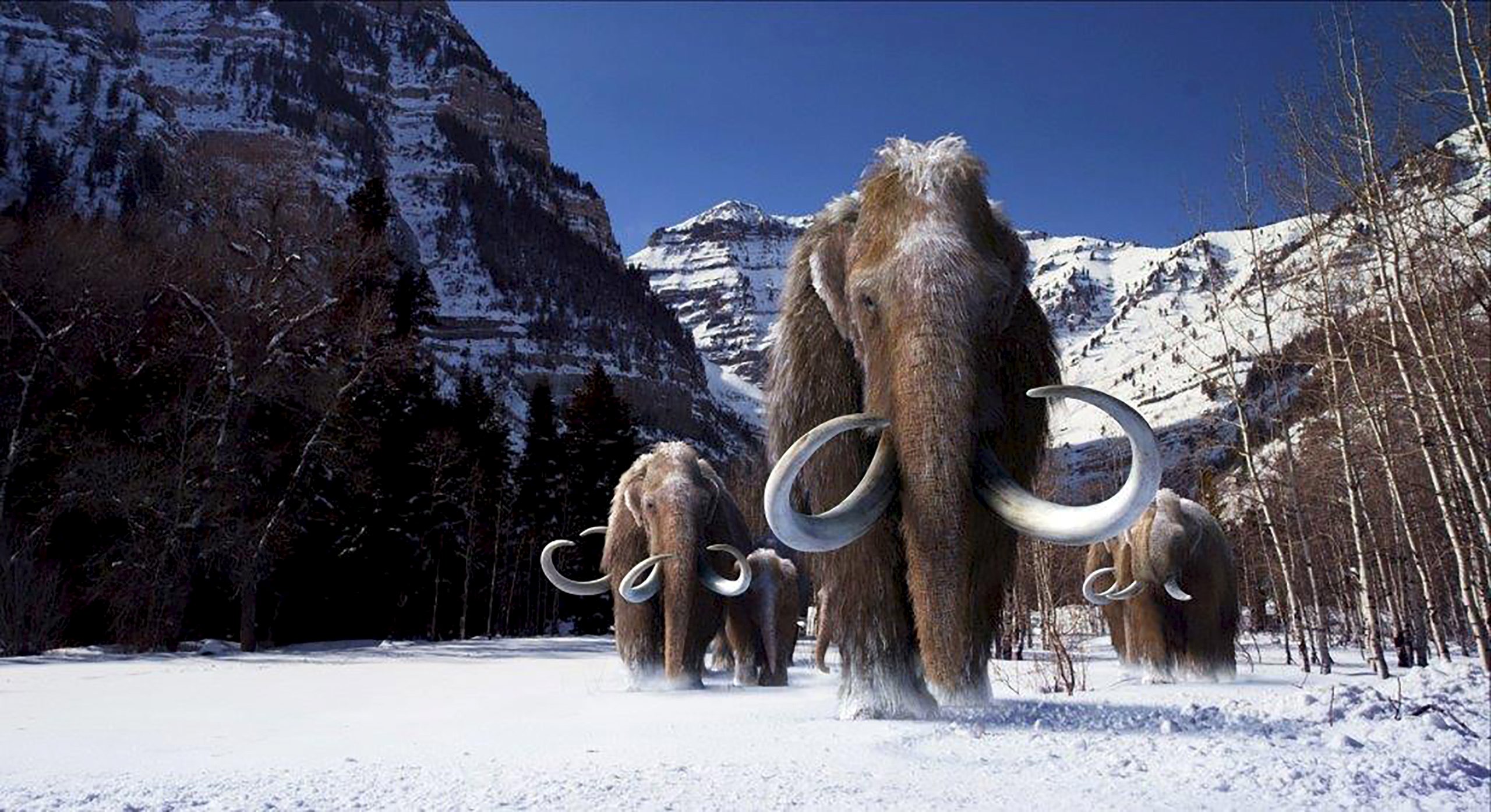Woolly mammoths spent their lives enduring extreme Arctic conditions including frigid temperatures, an arid environment and the relentless cycle of dark winters and bright summers.
An exhaustive genetic analysis of these bygone Ice Age giants and their living cousins, Asian and African elephants, has revealed a slew of genetic adaptations that enabled woolly mammoths to thrive for eons in such adverse circumstances.
The study, published on Thursday in the journal Cell Reports, compared the genomes of two mammoths whose remains were found in permafrost in northeastern Siberia, one 18,500 years old and the other 60,000 years old, with genomes of three Asian elephants and one African elephant.



